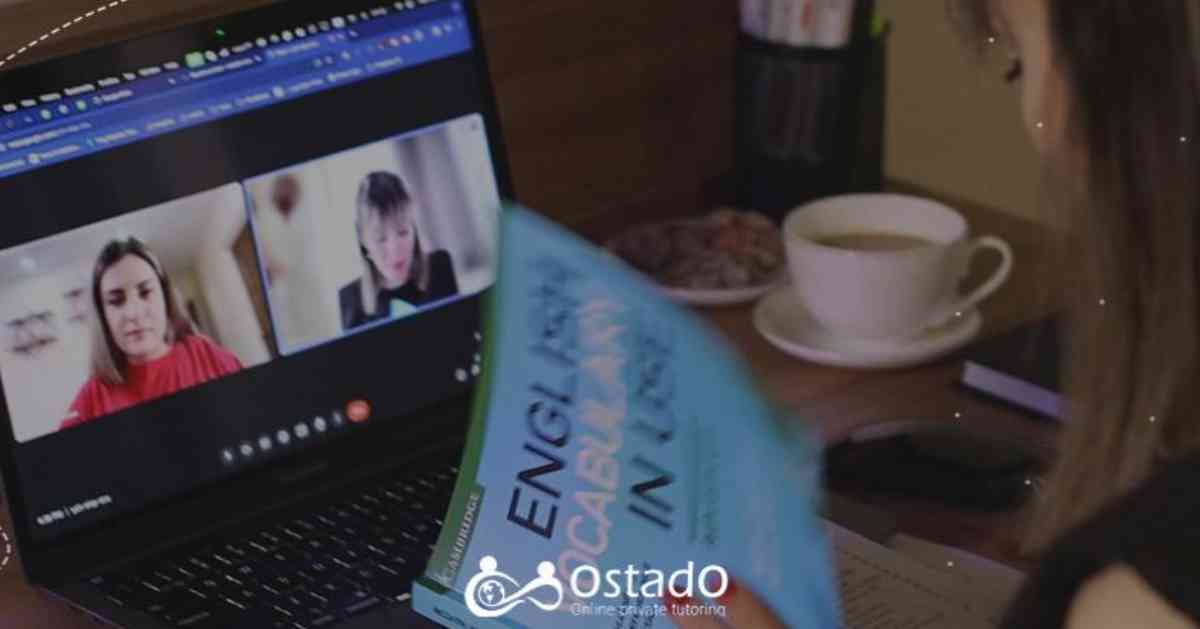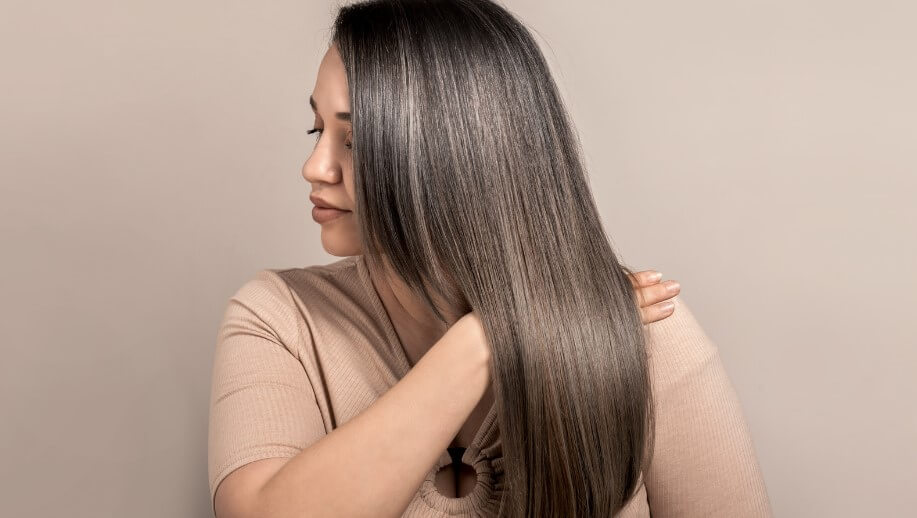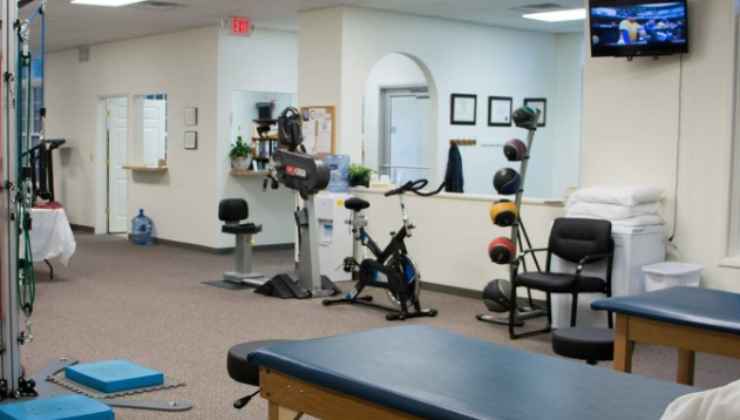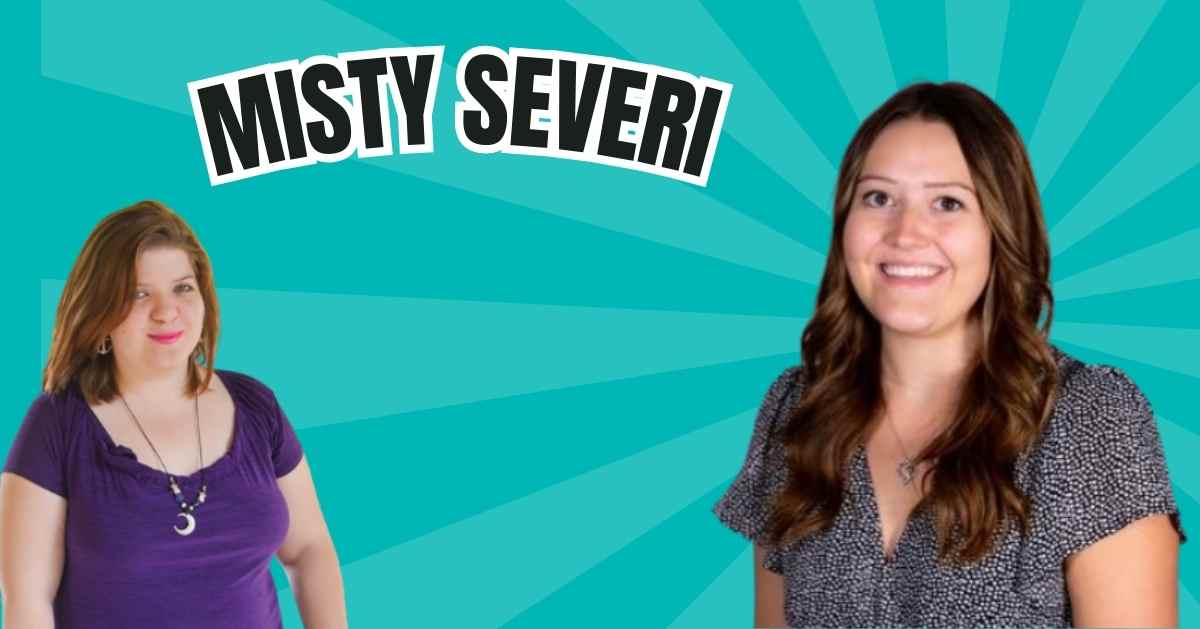Mental Health and the Arts: Therapeutic Benefits of Creativity

In recent years, the connection between mental health and the arts has gained significant attention. Engaging in creative activities is not only a means of self-expression but also a powerful tool for improving mental health. Understanding the therapeutic benefits of creativity can provide valuable insights into managing and overcoming mental health issues, offering a holistic approach to well-being.
The Healing Power of Creativity
Artistic expression has been recognized as a therapeutic medium for centuries. Whether through painting, music, dance, or writing, the act of creating can have profound psychological benefits. Engaging in creative activities allows individuals to explore their emotions, express themselves non-verbally, and find relief from stress and anxiety.
Emotional Release: Art provides a safe outlet for expressing emotions that might be difficult to articulate. For those struggling with mental health issues, this can be especially valuable. By channeling feelings into creative work, individuals can experience a sense of release and catharsis. This process can help reduce feelings of depression and anxiety, promoting overall emotional well-being.
Stress Reduction: Engaging in artistic activities can significantly reduce stress levels. The focus required for creative tasks diverts attention away from worries and negative thoughts, providing a form of mindfulness. This immersive experience helps calm the mind, lowers cortisol levels, and fosters a sense of relaxation.
Self-Discovery: Creativity can facilitate self-exploration and personal growth. Through art, individuals can discover new aspects of their identity, gain insights into their experiences, and develop a deeper understanding of themselves. This process of self-discovery is crucial for mental health, as it encourages self-acceptance and confidence.
Art Therapy: A Structured Approach
Art therapy is a professional field that harnesses the therapeutic benefits of creative expression. Guided by trained therapists, individuals use art-making to explore their emotions, develop coping skills, and improve mental health. This structured approach combines psychological theories with artistic processes to address various mental health issues.
Individual and Group Sessions: Art therapy can be conducted in both individual and group settings. Individual sessions offer personalized attention, allowing therapists to tailor activities to the specific needs of the client. Group sessions, on the other hand, provide a sense of community and shared experience, which can be particularly beneficial for those feeling isolated.
Non-Verbal Communication: For individuals who find it challenging to express themselves verbally, art therapy offers an alternative form of communication. Through their creations, clients can convey thoughts and feelings that might be difficult to put into words. Therapists can then interpret these expressions to gain insights into the client’s emotional state and experiences.
Empowerment and Control: Creating art empowers individuals by giving them control over the process and the outcome. This sense of agency is essential for mental health, especially for those who feel helpless or out of control in other areas of their lives. Art therapy encourages clients to take ownership of their creative journey, fostering resilience and self-efficacy.
The Role of Different Art Forms
Various art forms offer unique benefits for mental health, allowing individuals to choose the medium that resonates most with them. Here are some examples:
Visual Arts: Painting, drawing, and sculpting are powerful tools for self-expression and emotional release. The tactile nature of these activities can also provide sensory stimulation, which is soothing and grounding.
Music: Playing an instrument, singing, or listening to music can have a profound impact on mood and stress levels. Music therapy uses rhythmic and melodic elements to promote emotional regulation and social connection.
Dance and Movement: Dance therapy combines movement with psychological principles to address mental health issues. Dancing allows individuals to connect with their bodies, release tension, and express emotions through physical movement.
Writing: Journaling, poetry, and creative writing offer a way to explore thoughts and feelings through words. Writing can be a reflective practice that helps individuals process experiences and gain clarity.
Integrating Creativity into Daily Life
Incorporating creativity into daily routines can enhance mental health and overall well-being. Here are some practical tips for making creativity a regular part of life:
Set Aside Time: Dedicate a specific time each day or week for creative activities. This commitment ensures that creativity becomes a regular part of your routine rather than an occasional indulgence.
Create a Space: Designate a space in your home for creative work. Whether it’s a corner for painting, a desk for writing, or a room for dancing, having a dedicated space can inspire and motivate you to engage in creative activities.
Join a Community: Participating in community art programs, workshops, or classes can provide support and inspiration. Being part of a creative community fosters social connections and offers opportunities for collaborative projects.
Embrace Imperfection: Focus on the process of creating rather than the outcome. Embrace mistakes and imperfections as part of the creative journey. This mindset encourages experimentation and reduces the pressure to produce perfect results.
Conclusion
The therapeutic benefits of creativity are profound and far-reaching. By integrating artistic expression into our lives, we can address mental health issues in a holistic and empowering way. Whether through professional art therapy or personal creative practices, the arts offer a pathway to emotional healing, self-discovery, and overall mental well-being. Embracing creativity can transform our approach to mental health, providing solace, joy, and a deeper connection to ourselves and others.






